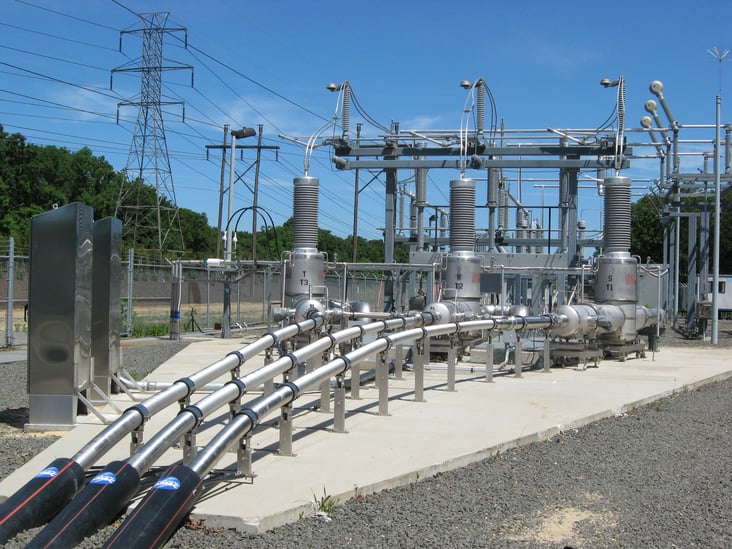This post is one in a series featuring the complete slate of advanced energy technologies outlined in the report This Is Advanced Energy.

Image courtesy of AEE member EnerNOC.
A Building Energy Management System (BEMS) is an integrated system of software, hardware, and services that monitors, automates, and controls energy use through information and communication technology. Used primarily in commercial and industrial buildings, BEMS technology increases building ef efficiency and comfort by controlling building systems such as heating, cooling, and lighting. Institution-wide energy management systems, often called enterprise energy management systems (EEMS), are being deployed by universities, governments, and retail chains. BEMS can also be combined with software-based data analytics to provide more information and control, particularly across multiple properties.



